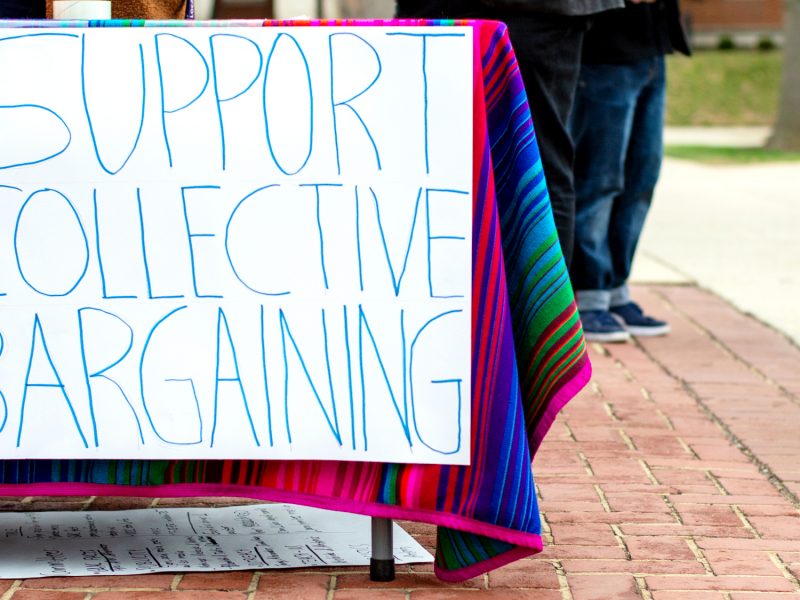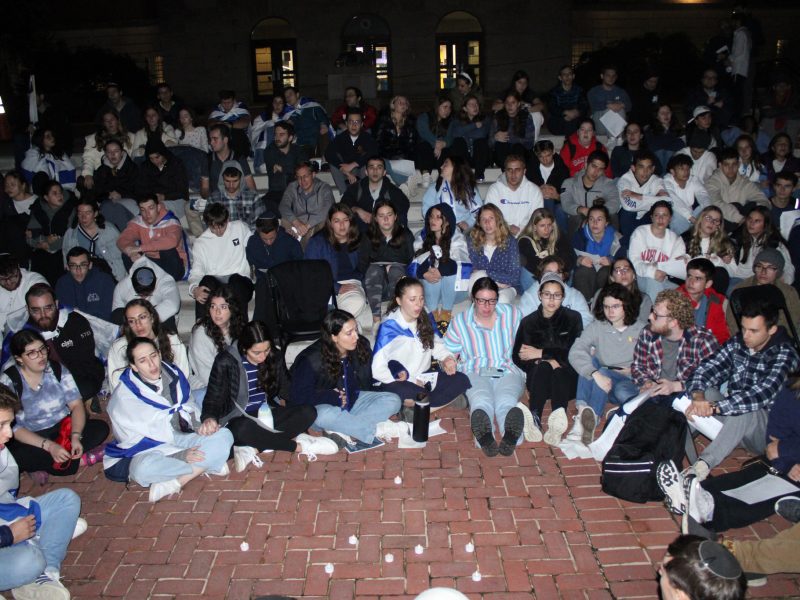Views expressed in opinion columns are the author’s own.
Many of us are worried the courts may not see the thinly veiled discriminatory substance of President Trump’s “revised” travel ban. Many of us are worried numerous culturally, commercially, educationally and emotionally enriching trips will no longer take place, that many bright students from those six countries who have been admitted to U.S. universities will not be able to come here to teach us and learn from us. And of course, none of us can be indifferent to the granny who might not be able to see her grandkids.
But I am an educator. All my career, I have told my students: Life does not give us all the tools we need in the order we need them. The happy and the successful among us are those who can convert what they have into tools. In this sense, the discriminatory travel ban against citizens of six nations, who have not to this day carried out a single fatal terrorist attack on U.S. soil, is a powerful tool. It is a teachable moment.
In a teachable moment, you want to generate curiosity, hope and energy, not anger or fear. You want everyone, even those who don’t know where these six countries are located on the map, to be curious about them. In a teachable moment, you want to answer questions. Why are some people afraid of people from these nations?
Knowledge is always partial and perspectival. You see things from where you stand. In this sense, those who disagree with you are not the enemy and shouldn’t be given epithets such as “bigot” or “racist.” They stand in a different spot than you do and see from a different angle. Maybe they haven’t had much of a chance to see at all. You open a window, as wide as you can and let them learn some cool, shocking facts they did not
know before.
I’ll start with Iran. More than 40 percent of the nationals traveling to the U.S. from Trump’s six named counties are Iranians. Plus, I am an Iranian American with much more knowledge of Iran than the other five countries.
So, what are some cool shocking facts about Iran? I learned one myself last week from an American colleague in the department of communication: Iranians are among the top bloggers in the world. Far from inward-looking, xenophobic individuals who care only about religion, Iranians surf the web all the time and create their own blogs (mostly based on artistic, cultural and social debates) — so much so that Farsi is now one of the most dominant languages in the blogosphere. I tell you, this one threw me for a loop. But there is more, which I hope will throw you for a loop too.
More than half of Iran’s population is under 35. The rate of literacy among Iranians 15 to 25 years old is 97 percent. Iran is the largest publisher of books (on all subjects) in the Middle East. About 65 to 70 percent of university students in Iran in all subjects, including science and engineering, are women. The Tehran International Book Fair attracts millions of visitors. The largest medical complex for treating children with cancer in the region, Mahak, was established outside Tehran by Saideh Ghods, an Iranian woman. Spread over 18,000 square meters, the complex has treated more than 23,000 sick children. Iranians have won Oscars, Nobel Prizes, the Fields Medal, awards at the Cannes Film Festival and the Sundance Film Festival, Emmys and more. Let these be the cool surprising facts of today.
Fatemeh Keshavarz is the chair and director of the Roshan Institute for Persian Studies in the School of Languages, Literatures, and Cultures. She can be reached at fkk@umd.edu.



